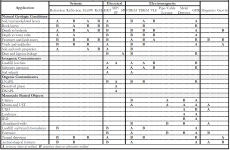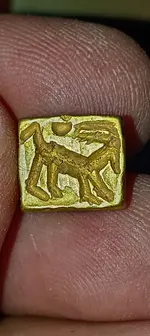99thpercentile
Full Member
- Nov 2, 2006
- 156
- 119
- Detector(s) used
- Geonics EM61-MK2, Geophex GEM-3, GapEOD UltraTEM III, Minelabs F3, Foerster MINEX 2FD 4.500
- Primary Interest:
- All Treasure Hunting
I haven’t seen many good posts here for a while so I want to propose something.
Ask specific questions here about how geophysics relates to treasure hunting.
For example, I had a recent question about what type of sensor may have produced a picture that was shared with me. The person said the picture was of a plastic 55 gallon drum. I did my best to explain what type of instrument most likely produced that image, why I thought that, and what the rustles would have looked like from other types of sensors.
I was asked once by the drug enforcement agency (DEA) to help locate plastic 55 gallon drums buried by drug dealers on beaches in the Caribbean that may have been full of cash and jewels.
Ask specific questions here about how geophysics relates to treasure hunting.
For example, I had a recent question about what type of sensor may have produced a picture that was shared with me. The person said the picture was of a plastic 55 gallon drum. I did my best to explain what type of instrument most likely produced that image, why I thought that, and what the rustles would have looked like from other types of sensors.
I was asked once by the drug enforcement agency (DEA) to help locate plastic 55 gallon drums buried by drug dealers on beaches in the Caribbean that may have been full of cash and jewels.





